
World Steel Short Range Outlook 2016-2017
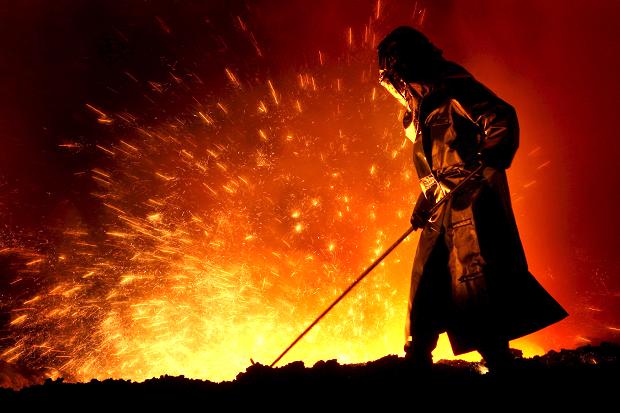
Challenging environment following China’s slowdown
Commenting on the outlook, TV Narendran, Chairman of the worldsteel Economics Committee said; “The economic environment facing the steel industry continues to be challenging with China’s slowdown impacting globally across a range of indicators contributing to volatility in financial markets, sluggish growth in global trade and low oil and other commodity prices. The global steel market is suffering from insufficient investment expenditure and continued weakness in the manufacturing sector. In 2016, while we are forecasting another year of contraction in steel demand in China, slow but steady growth in some other key regions including NAFTA and EU is expected. Growth for steel demand in all markets except China is expected in 2017.
There are several downside risks to our forecast: the Chinese real estate market and corporate debt problem, anxiety in the financial markets, high (household) debt and volatile capital flows in many emerging economies, geopolitical tensions and unstable political situations in several regions could further worsen the global economic environment.
On a positive note, some emerging economies in South and Southeast Asia show resilient growth and along with NAFTA and the EU will support a recovery in 2017. We expect that steel demand outside China will continue to grow by 1.8% in 2016 and this growth will accelerate to 3.% in 2017.”
China expected to remain in negative territory
While rebalancing progresses, the Chinese economy continues to decelerate. The severe depression in construction activities is contributing to a slowdown in the manufacturing sectors, especially metal products, as well as slower growth in automotive. A recovery for the construction sector is not forecast in the near future. The decline in steel demand in China is expected to be -4.0% in 2016 followed by -3.0% in 2017. This suggests a demand of 626.1 Mt steel (15% down from 2013) for 2017, a contraction to 41.9% of world steel use from 47.9% in 2009 and 44.8% in 2015.
Low commodity prices indicative of slow economic growth
Falling oil and gas related investments and the squeeze on government spending have affected steel demand in economies relying on oil based revenue. On the positive side, lower oil prices have alleviated inflationary pressure in oil importing countries, giving room for monetary stimulus to boost economic growth and providing opportunities for structural reforms. We believe that the commodity markets are at or near the bottom of this cycle.
Slowing growth in global trade bites manufacturing growth
With the deep integration of China in the global manufacturing supply chain, this sector has slowed as a consequence of weak growth in global trade. Manufacturing exports in emerging economies, in particular in Asia, declined owing to slower Chinese demand. The same is true for developed countries experiencing a reduction in the exports of consumer goods and machinery.
Specifically, the mechanical machinery, metal goods and other transport sectors are weakening, but the automotive sector will maintain its growth momentum supported by strong demand in many countries.
Outside China the construction sector is expected to maintain its mild, but steady recovery momentum particularly in India, the MENA and ASEAN regions.
Emerging economies exposed to China’s slow down and financial market volatilities
Steel demand in some emerging economies continues to perform below expectation. A worsening external environment in the form of weak exports, low commodity prices, capital outflows and currency devaluation add adversity to these economies. Geopolitical and internal national political tensions are present in many of emerging economies.
Brazil and Russia are struggling with their internal and structural issues. Steel demand in both economies is expected to contract strongly in the period ahead. In particular, the Brazilian economy with its political uncertainty has resulted in a severe contraction in steel demand of -16.7% in 2015 and will contribute to a contraction of -8.8% in 2016 with a recovery of only 3.1% in 2017.
India’s prospects are brightening due to low oil prices, the reform momentum and policies to increase infrastructure and manufacturing output. India’s steel demand will increase by 5.4% in both 2016 and 2017 reaching 88.3 Mt in 2017.
In Turkey, steel demand is expected to grow by 3.3% in 2016 and 3.2% in 2017, supported by the government’s focus on pro-growth economic policies and low oil prices.
Steel demand in the ASEAN 5 (Thailand, Malaysia, Vietnam, Indonesia, Philippines) is also expected to maintain a growth rate of around 6% despite their exposure to China due to their infrastructure building activities and will reach 74.6 Mt in 2017.
Steel demand in the emerging and developing economies excluding China is forecast to grow by 1.8% and 4.8% in 2016 and 2017 respectively. Steel demand in these economies will amount to 457.1 Mt in 2017, accounting for about 30% of world steel demand.
Developed economies’ recovery momentum maintained despite headwinds
While developed economies are also feeling the effect of the worsening global economic environment, they are expected to maintain a stable recovery momentum. Steel demand in the developed economies will grow by 1.7% in 2016 and 1.1% in 2017.
In the EU, a mild recovery in steel demand continues with generally improving economic sentiments and investment conditions. However, uncertainties in the political landscape related to the refugee crisis and Brexit raises risks to the improving economic condition. Steel demand in the EU is forecast to grow by 1.4% in 2016 and a further 1.7% in 2017.
In the US, steel demand is dampened by the fall in oil prices and a strong dollar, but an improving job market and a robust housing sector will support steel demand. Steel demand in the US is expected to grow by 3.2% in 2016 and 2.7% in 2017.


Caterpillar sees US tariff hit of up to $1.5 billion this year

Australia pledges $87M to rescue Trafigura’s Nyrstar smelters in critical minerals push

SAIL Bhilai Steel relies on Danieli proprietary technology to expand plate mill portfolio to higher steel grades

Alba Discloses its Financial Results for the Second Quarter and H1 of 2025
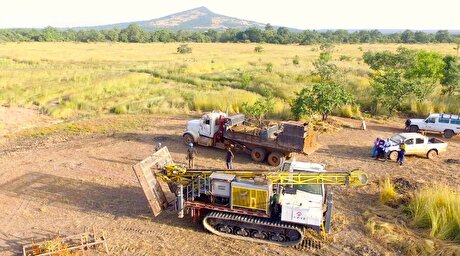
Fortuna rises on improved resource estimate for Senegal gold project
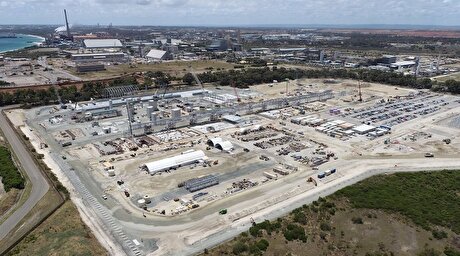
Tianqi Lithium Australia JV says it is prioritizing long-term viability of refinery

Fresnillo lifts gold forecast on strong first-half surge

Copper price slips as unwinding of tariff trade boosts LME stockpiles

Why did copper escape US tariffs when aluminum did not?
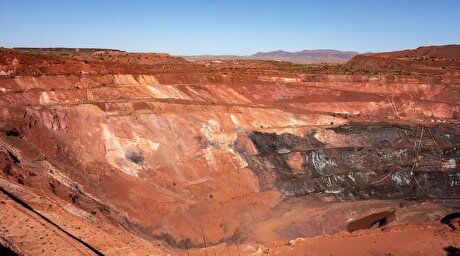
New research reveals source of world’s richest lithium deposits

Century Aluminum to invest $50M in Mt. Holly smelter restart in South Carolina
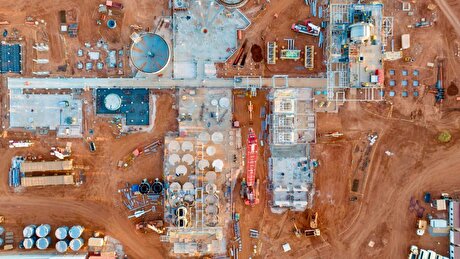
Australia to invest $33 million to boost Liontown’s Kathleen lithium operations
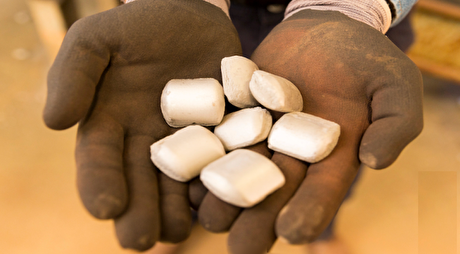
Glencore warns of cobalt surplus amid DRC export ban
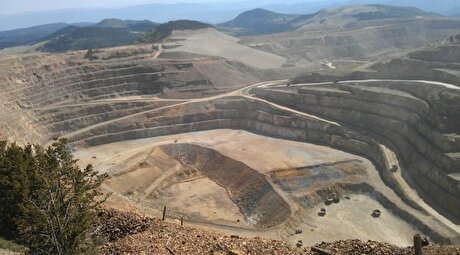
SSR Mining soars on Q2 earnings beat

A Danieli greenfield project for competitive, quality rebar production

China limits supply of critical minerals to US defense sector: WSJ

Alba Hits 38 Million Safe Working Hours Without LTI
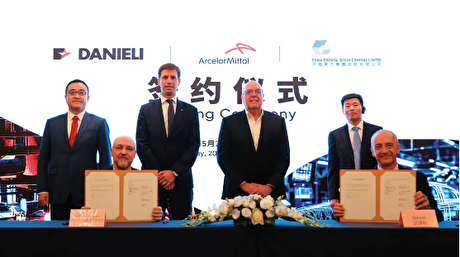
Advanced cold-rolled strip for China’s New Energy Vehicle market

Codelco seeks restart at Chilean copper mine after collapse

Century Aluminum to invest $50M in Mt. Holly smelter restart in South Carolina

Australia to invest $33 million to boost Liontown’s Kathleen lithium operations

Glencore warns of cobalt surplus amid DRC export ban

SSR Mining soars on Q2 earnings beat

A Danieli greenfield project for competitive, quality rebar production

China limits supply of critical minerals to US defense sector: WSJ

Alba Hits 38 Million Safe Working Hours Without LTI

Advanced cold-rolled strip for China’s New Energy Vehicle market

Codelco seeks restart at Chilean copper mine after collapse














